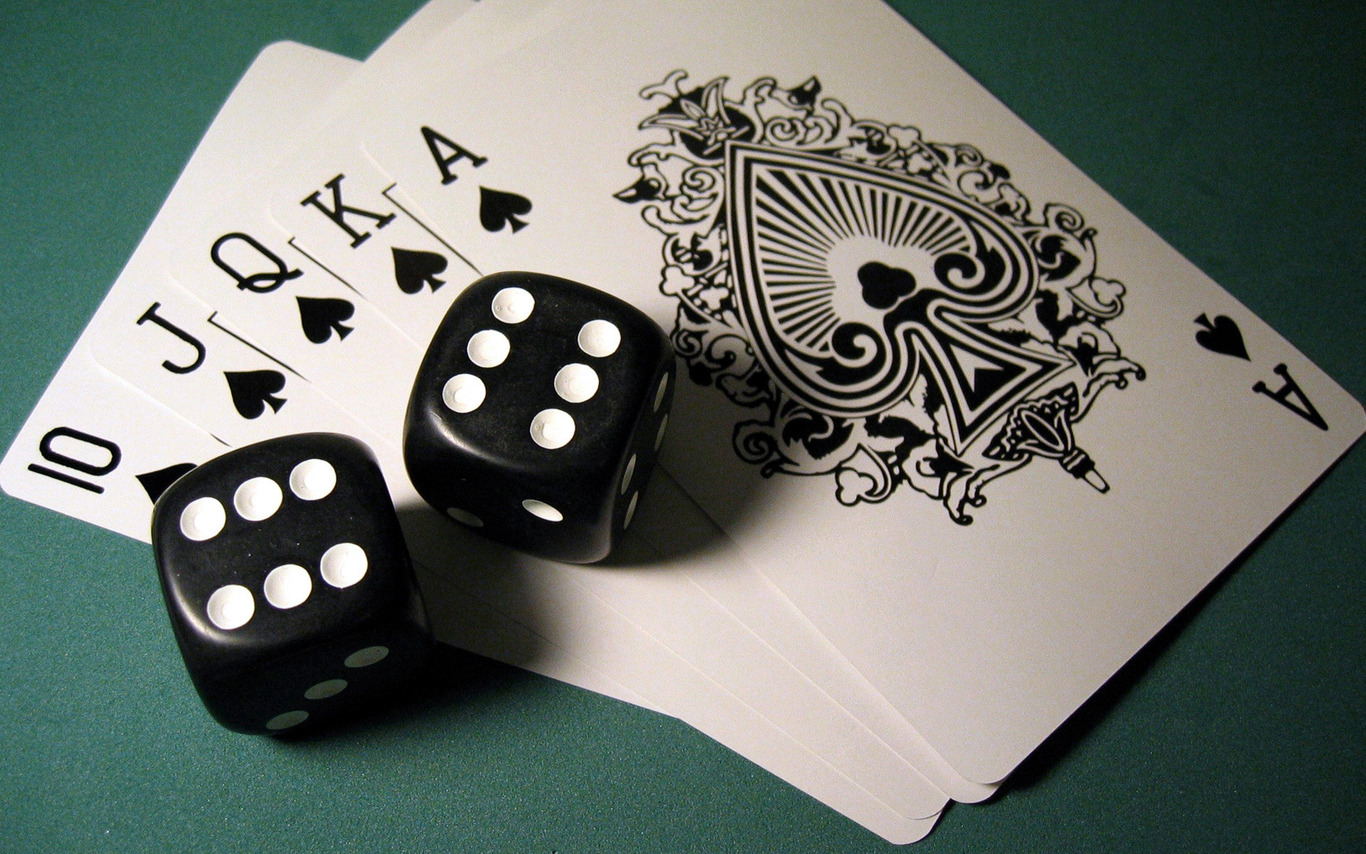
Hop games might seem like simple fun, but they offer more than just physical exercise. These games are a vital part of cognitive development and building spatial awareness, especially for children. Let’s explore how this age-old activity can have a profound impact on mental growth.
Why Hop Games Matter
In today’s digital era, where screen time often outweighs outdoor activities, hop games provide a refreshing break. They encourage not only physical movement but also engage the brain in ways that few other activities can. By integrating hopping into play, children can develop crucial skills that lay the groundwork for future learning and problem-solving.
Enhancing Cognitive Abilities
Hopping games require players to follow rules, remember sequences, and make quick decisions. This dynamic environment stimulates the brain, enhancing memory and concentration. Each leap or sequence must be executed with precision, honing both mental and motor skills. By actively engaging in these games, children learn to think on their feet, fostering quick thinking and adaptability.
Building Spatial Awareness
A key benefit of hop games is the enhancement of spatial awareness. Navigating a hopscotch grid or leaping from one spot to another helps players understand distance, balance, and spatial relationships. This understanding is crucial in fields like mathematics and science, where spatial reasoning plays a significant role. Through hopping, kids develop an intuitive grasp of how objects interact in space, preparing them for more complex tasks.
Developing Coordination and Balance
Hopping games demand coordination between the brain and body. Each jump requires balance and precision, challenging players to maintain control while moving swiftly. This coordination strengthens the neural pathways between brain and body, leading to improved motor skills. Such skills are essential not only for sports but also for everyday activities that require fine motor control.
Encouraging Social Interaction
Beyond cognitive and spatial benefits, hop games promote social interaction. They often involve group play, which encourages communication, teamwork, and social skills. Children learn to negotiate roles, follow shared rules, and celebrate successes together, building a sense of community and cooperation.
Cultivating Creativity and Imagination
hop games are not bound by strict rules; they offer endless possibilities for creativity. Players can invent new sequences, adapt old ones, or create entirely new games. This freedom fosters creativity and imagination, encouraging children to explore their ideas and express themselves freely.
Promoting Emotional Well-being
Physical activity, such as hopping, is known to release endorphins, which boost mood and reduce stress. Engaging in hop games provides children with a healthy outlet for energy and emotions, promoting overall emotional well-being.
Integrating Hop Games into Daily Life
Incorporating hop games into daily routines is simple and effective. Schools, parents, and caregivers can encourage children to play these games during breaks or after school. Creating a safe and engaging environment for hopping can lead to lifelong benefits, nurturing both the mind and body.
The Joy of Learning Through Play
While technology continues to play a significant role in education, traditional games like hopping remind us of the power of play. They offer a joyful, interactive way to learn and grow, emphasizing the importance of balance between digital and physical activities.
Concluding Thoughts on Hop Games
Hop games are more than just a childhood pastime. They are a powerful tool for cognitive development, spatial awareness, and personal growth. By encouraging children to engage in these activities, we pave the way for a brighter, more balanced future. Let’s hop to it and make play a priority in our lives.


